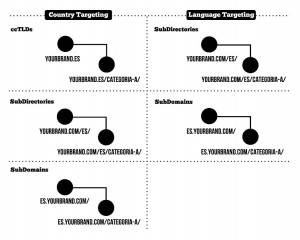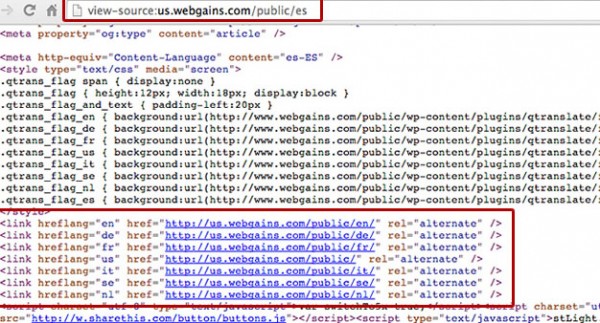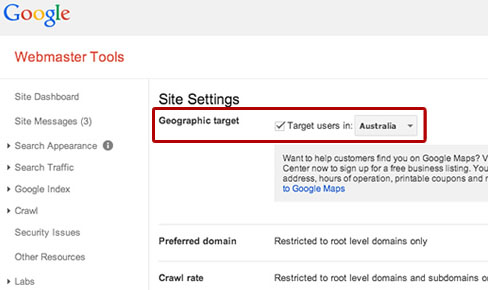Four Steps You Must Take When Moving Your URL
Few aspects of being a webmaster or owner of a website are more terrifying than the prospect of moving your site – either to a new URL or to a new server while keeping the same URL. In both cases, there’s great potential for problems to occur which can limit your ability to be crawled and indexed correctly and seriously damage your search engine optimization campaign.
In an effort to help webmasters who are undertaking a site move, Google has recently published an in-depth guide to moving a website. Whether you are moving your site without or with a URL change, Google has identified four key steps that are critical to successfully migrating your site.
Site Moves Without a URL Change
- Set Up the New Site’s Hosting Infrastructure. Copy your current site to your new site and then do rigorous testing to ensure that it behaves correctly. This includes creating a private testing environment for the new site (complete with IP-restricted access), public testing on a beta site or live testing on a limited capacity. You’ll also need to check that Googlebot can access your new infrastructure using the Fetch as Google function in Webmaster Tools, review the Time to Live setting for your DNS and review the Webmaster Tools verification.
- Move the Site. Get rid of any disallows in your robots.txt file and update your DNS settings to your new web hosting provider.
- Monitor Traffic. Check the server logs on both your old and new site for any unusual activity. Use DNS checking tools and monitor crawl stats and errors.
- Shut Down Your Old Site. You can do this after your traffic there reaches zero.
Site Moves With a URL Change
- Set Up the New Site’s Hosting Infrastructure. Move your site to a new CMS and transfer over any images and files you currently host. Create your robots.txt file and create 404 or 410 error pages for any pages that will be deleted on the new site. Make sure that everything is ready to go with Google Webmaster Tools on your new site.
- Perform URL mapping. You need to make sure that all the links on your current site are linked to URLs on your new site. Determine your current URLs, create a map of how they will link to your new URLs and then update the URL details. This update can include annotation, internal links and sitemaps. You’ll also need to do 301 redirects.
- Move the Site. Google recommends moving everything on your site at once instead of in pieces. Remove all robots.txt directives from your old site and make sure the robots.txt file allows for full crawling. Go to Webmaster Tools and submit a change of address. Redirect users from the old site to the new site and include the old and new sitemaps on the new site – this signals redirects to crawlers.
- Monitor Traffic. Use Google Webmaster Tools and other tools to review traffic and see if the new URLs are being indexed, crawled and search for by bots and users.
These are just some of the step necessary to properly migrate a website. eVisible’s Webmaster Services can help you avoid costly mistakes when moving your site, no matter how complex the move. Contact us today for a consultation.
 Posted on November 11, 2014
Posted on November 11, 2014
 Posted on October 23, 2014
Posted on October 23, 2014
 Posted on October 20, 2014
Posted on October 20, 2014



 Posted on September 2, 2014
Posted on September 2, 2014
 Posted on July 22, 2014
Posted on July 22, 2014

 Posted on June 30, 2014
Posted on June 30, 2014
 Posted on June 3, 2014
Posted on June 3, 2014